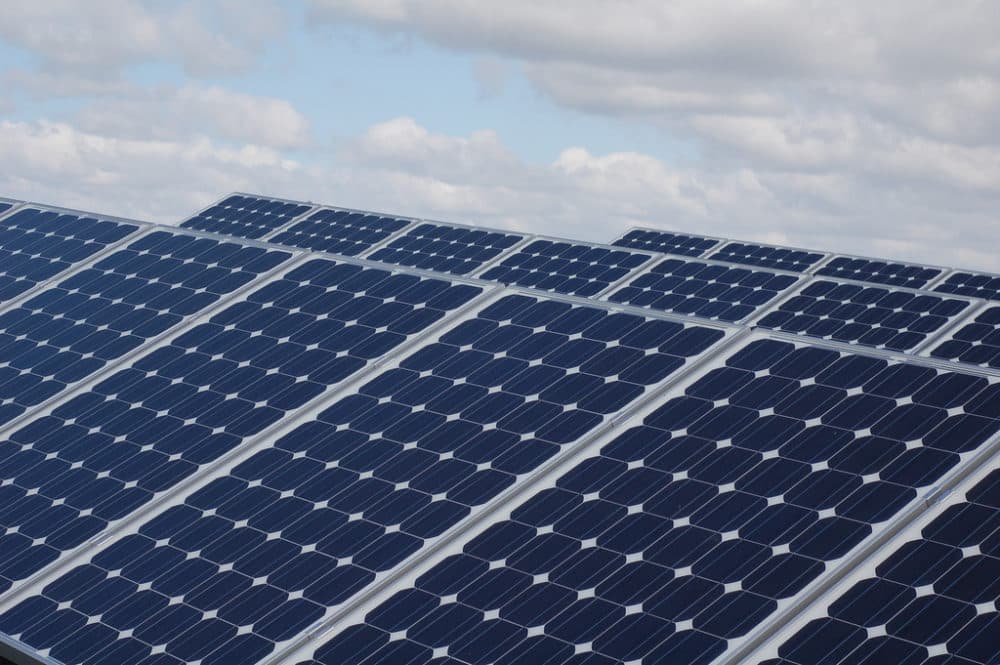
A new solar forecasting system, developed in partnership between Xcel Energy and the National Center for Atmospheric Research, lets utility companies make better use of the solar capacity they already have.
That means Xcel should be able to burn less coal and gas going forward, reducing emissions and saving money in the process.
The new solar forecasting system, Sun4Cast, has been three years in the making, and it has performed 50 percent better than existing technology on predicting cloud cover and weather conditions. With the technology’s assistance, companies can determine how best to deploy solar energy.
Sun4Cast makes its predictions based on computer models, atmospheric observations and AI techniques. It releases “nowcasts” — or immediate forecast information — in up to six-hour windows and makes solar production recommendations in 15-minute intervals. It also produces 72-hour forecasts so utility companies can determine, in advance, how best to balance solar with other types of energy, Solar Industry Magazine reported.
NCAR economist Jeffrey Lazo estimated savings of $455 million for utilities nationwide through 2040.
NCAR rolled out the technology to utilities and private forecast companies in late August, and Colorado’s largest energy provider, Xcel Energy, has already invested in Sun4Cast for use in its larger solar production facilities.
“Our previous experience with the National Center for Atmospheric Research in developing a wind-forecasting system has saved millions of dollars and has been highly beneficial for our customers,” Drake Bartlett, Xcel Energy’s senior trading analyst for in Colorado told BizWest. “It is our sincere hope and belief that we will see positive atmospheric forecasting results for predicting solar generation as well, again to the benefit of our Xcel Energy customers.”
There isn't good technology for storing wind and solar power, and it's not that easy to turn coal and gas plants up and down quickly, so anticipating when renewable energy is most likely to be available allows all of those sources of power to be used more efficiently.
The National Center for Atmospheric Research developed the technology in partnership with government labs, including the National Renewable Energy Laboratory; universities, including Colorado State University, Xcel Energy; and other utilities and commercial firms. The project was funded by the U.S. Department of Energy SunShot Initiative.
Multimedia business & healthcare reporter Chloe Aiello can be reached via email at [email protected] or twitter.com/chlobo_ilo.
Subscribe to Denverite’s newsletter here.












